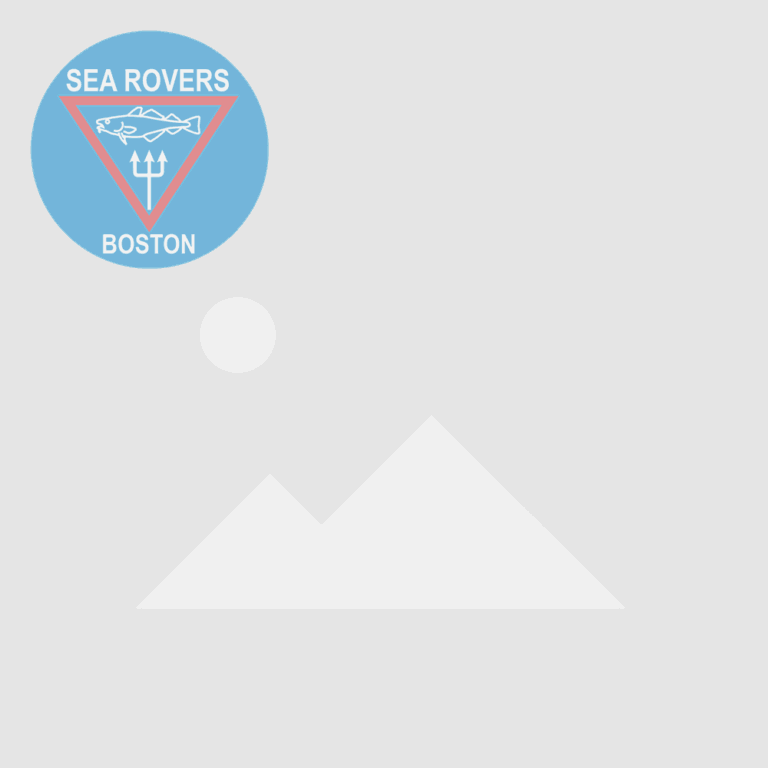Harbor Surveying on the Quest with Farsounde

A group of graduate students from University of Rhode Island invented a neat new device, a forward mapping sonar system named Farsounder, and have hired Captain Lori for the past several months to test their invention in the harbor. I went out with the three inventors, Matt, Matt, and Evan, along with Captain Lori and Captain Mike. The Farsounder system is very interesting and has many practical applications; it has even sparked the interest of the US government, which has purchased a model. While many sonar systems map what is directly below the boat, the Farsounder currently has the ability to map objects at a range of 1000 feet in front of the bow, and the team is looking to go to 1400 feet in the near future. Unlike other sonar systems, Farsounder uses quiet sound waves that do not hurt or confuse mammals underwater.
Mounted on the bow of the Takakjian’s vessel Quest, Farsounder was able to chart the locations of bouys, docks, and approaching vessels on a computer screen. Large shipping cartons submerged just below the surface, uncharted shipwrecks, and even whales are extremely dangerous obstacles to vessels and can cause an unexpected sinking. Collecting data every two seconds, the Farsounder software can create a three dimensional image of the sea floor to surface ahead, helping a vessel locate and safely steer around such obstacles. We took the Quest to four different locations to test out the system. At each site we panned the area back and forth and back and forth in a cross-hatch pattern so that Matt, Matt, and Evan could eventually stitch together a full three dimensional map of each site.
First we went to Butler Flats right outside of the harbor; I got to stear for a while and quickly learned that you need to compensate for drift caused by the wind and current. The next site, the Great Ledge, was another area where they wanted to stitch together a topographical bottom map, but we had to leave before getting very far because it was too shallow and the rocks became dangerous. We panned back and forth at the last two sites as well, Church Rock and Decatur Rock, and then finally Palmer Island Light before calling it a day.






